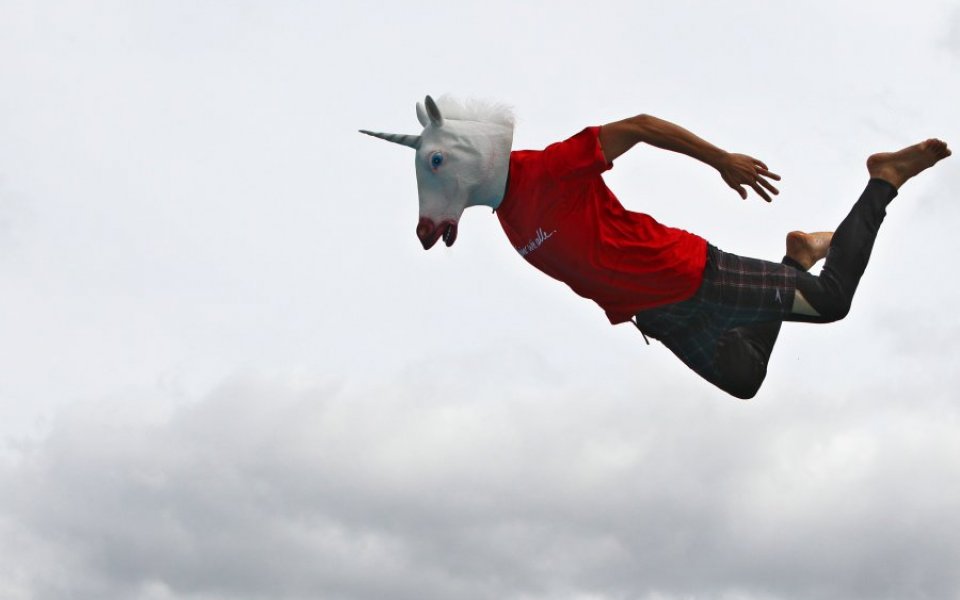Unicorn or donkey? Investors need to forget mythical valuations and look at intangible assets to spot a good startup

Investors need to base their decisions on data rather than hope when looking at tech companies
Unicorns are extremely rare, magical creatures. At least they were. Until a few years ago, when “unicorn” became shorthand for a handful of mainly US venture capital-backed companies with pre-IPO valuations of $1bn or more.
Today, depending on how you define them, there are about 150 unicorns out there – among them household names like Dropbox, Snapchat and Airbnb.
Many of them are celebrated for their disruptive business models – the taxi company that doesn’t own cars, the travel company that doesn’t own hotels and so on – but is this really cause for celebration, or does it expose a fundamental issue with mythical beasts?
That is, if unicorn valuations are not supported by conventional financial metrics (most unicorns do not make a profit) or conventional asset valuations (most don’t own substantive fixed assets), how do we know that they are accurate?
Read more: London needs help if it is to spawn more tech unicorns
That leads to more questions. If the valuations that “define” unicorns in the first place are less than solid, do unicorns really exist?’
On that front there is bad news and good news.
The bad news is that the valuations are not real in the sense that no one has ever bought the company for that amount. In truth, they are based on strangled maths, which typically extrapolates from venture capital investment rounds.
If a company sells 10 per cent of its shares for $100m it’s worth $1bn, right? Wrong.
The investor is likely to have a preference such that their money (plus a return) is the first money out. So from that perspective, the investor only needs the company to be worth more than $100m to make a return, but does need the hype and hyperbole associated with unicorn status to help the company on its way.
The good news is that all unicorns have one thing in common: Innovation.
They typically spot an application for technology that creates an opportunity to scale at a rate that would otherwise be impossible. This inevitably means that a unicorn’s value depends to a large extent on the quality of its intangible assets.
Don’t be alarmed. These are not mysterious superpowers, just an asset class that has remained hidden from view for too long.
Intangible assets include intellectual property (IP) rights, such as patents and brands. They are very real and often determine whether a unicorn has staying power or will drown in the flood of competition that inevitably follows early success.
Crucially, this reality presents a real opportunity for investors willing to study the true anatomy of unicorns.
Read more: Better infrastructure is required to keep London's tech sector on track
Until recently that has been hard, because the quality and accessibility of IP data and analytics has simply not matched financial data sources such as Thomson Reuters and Bloomberg.
Not any more. We live in an era of big data. Take a look at patents, litigation and licensing activity. Strip away the mythical valuations – and you can see the intangible assets that the company is really made of.
If there really is nothing there then perhaps you’re looking at a donkey, not a unicorn.